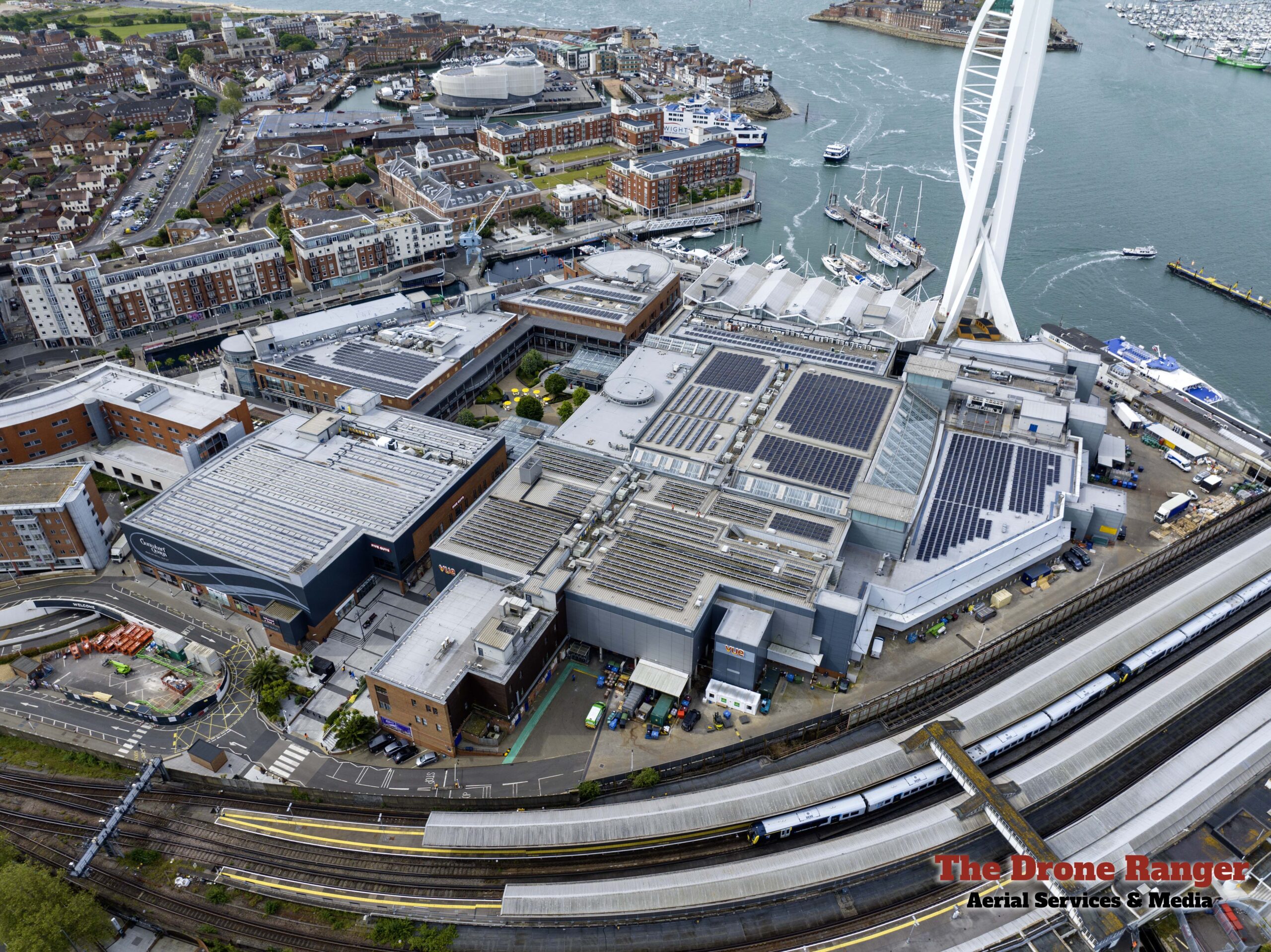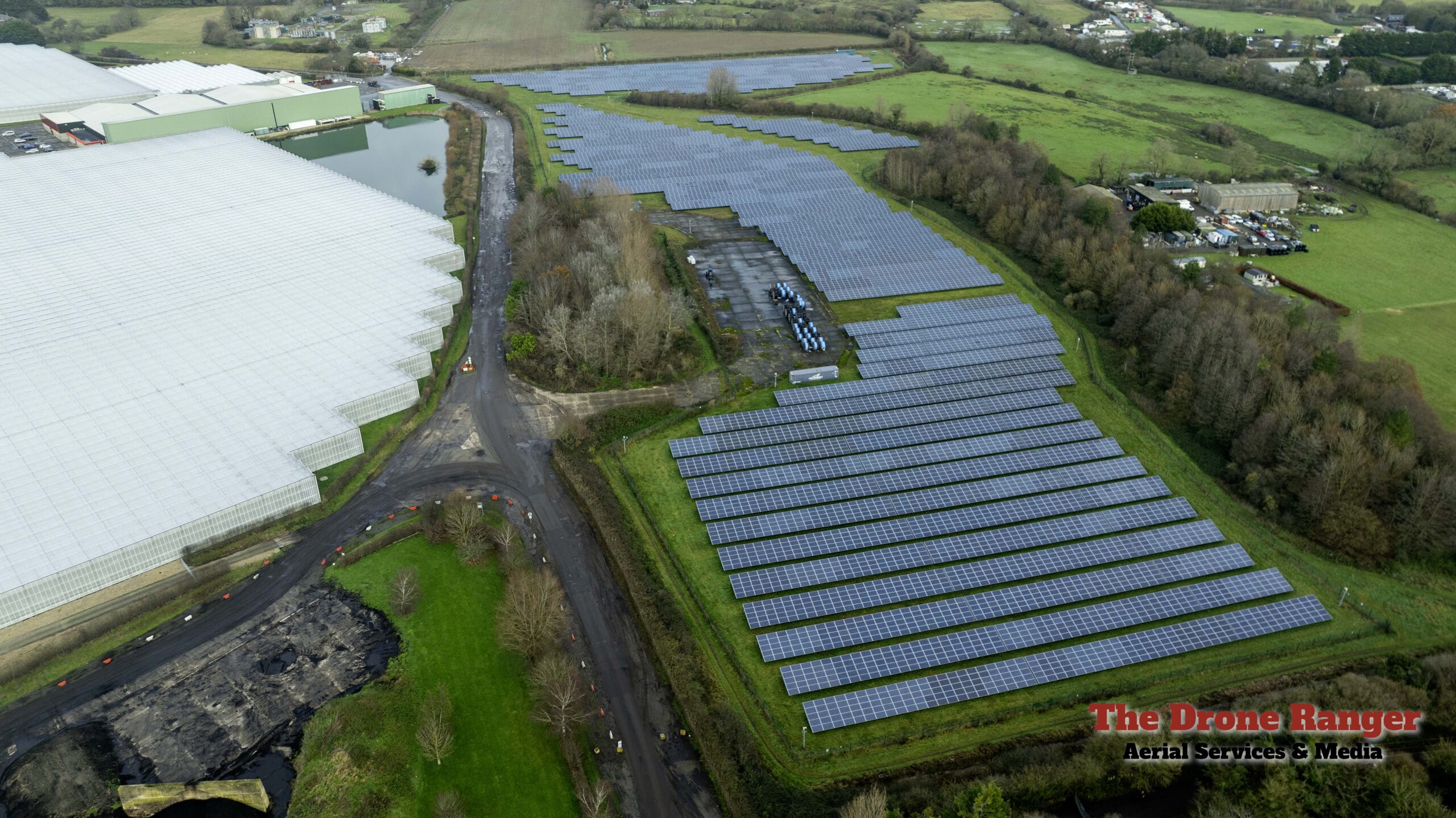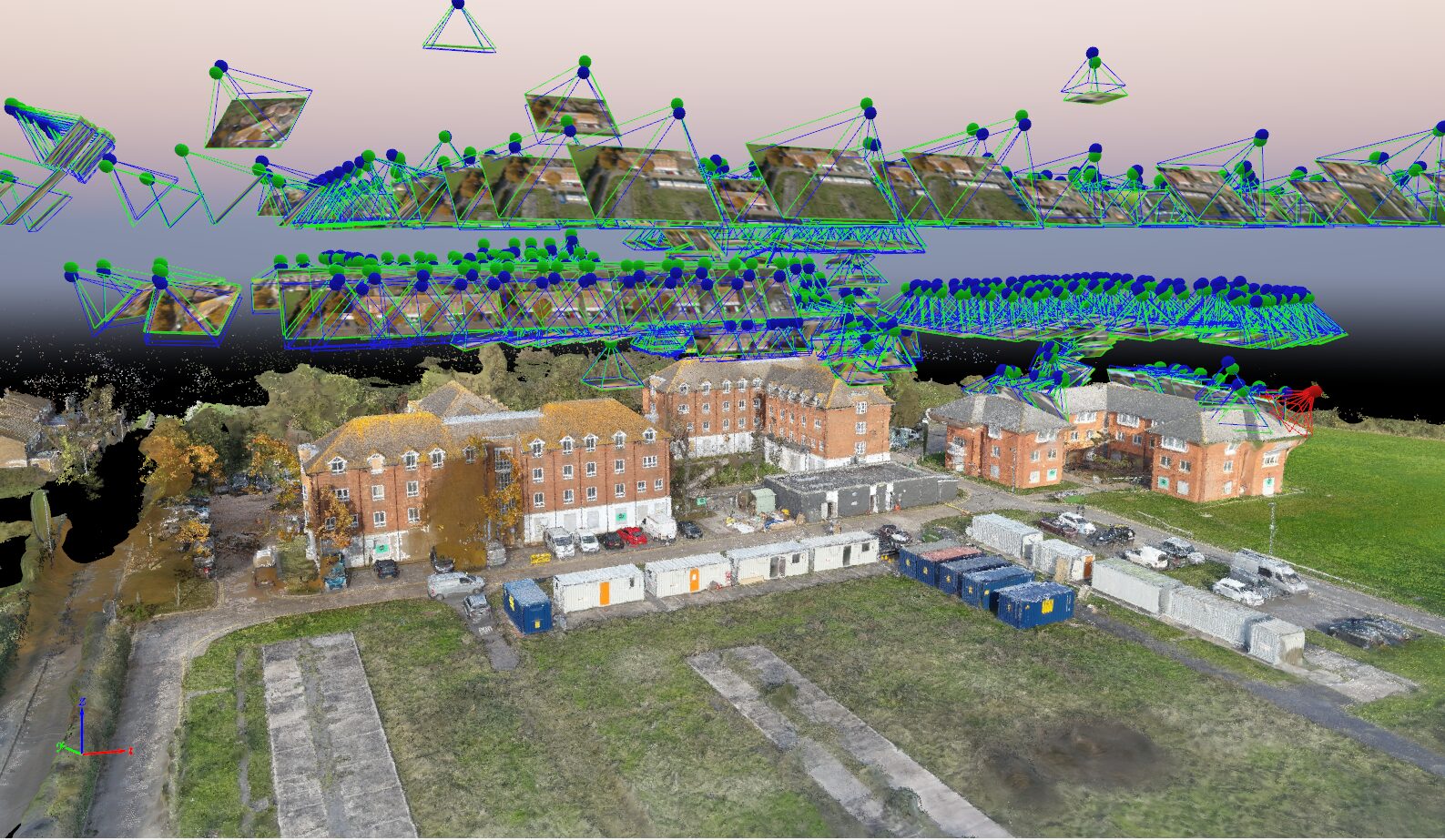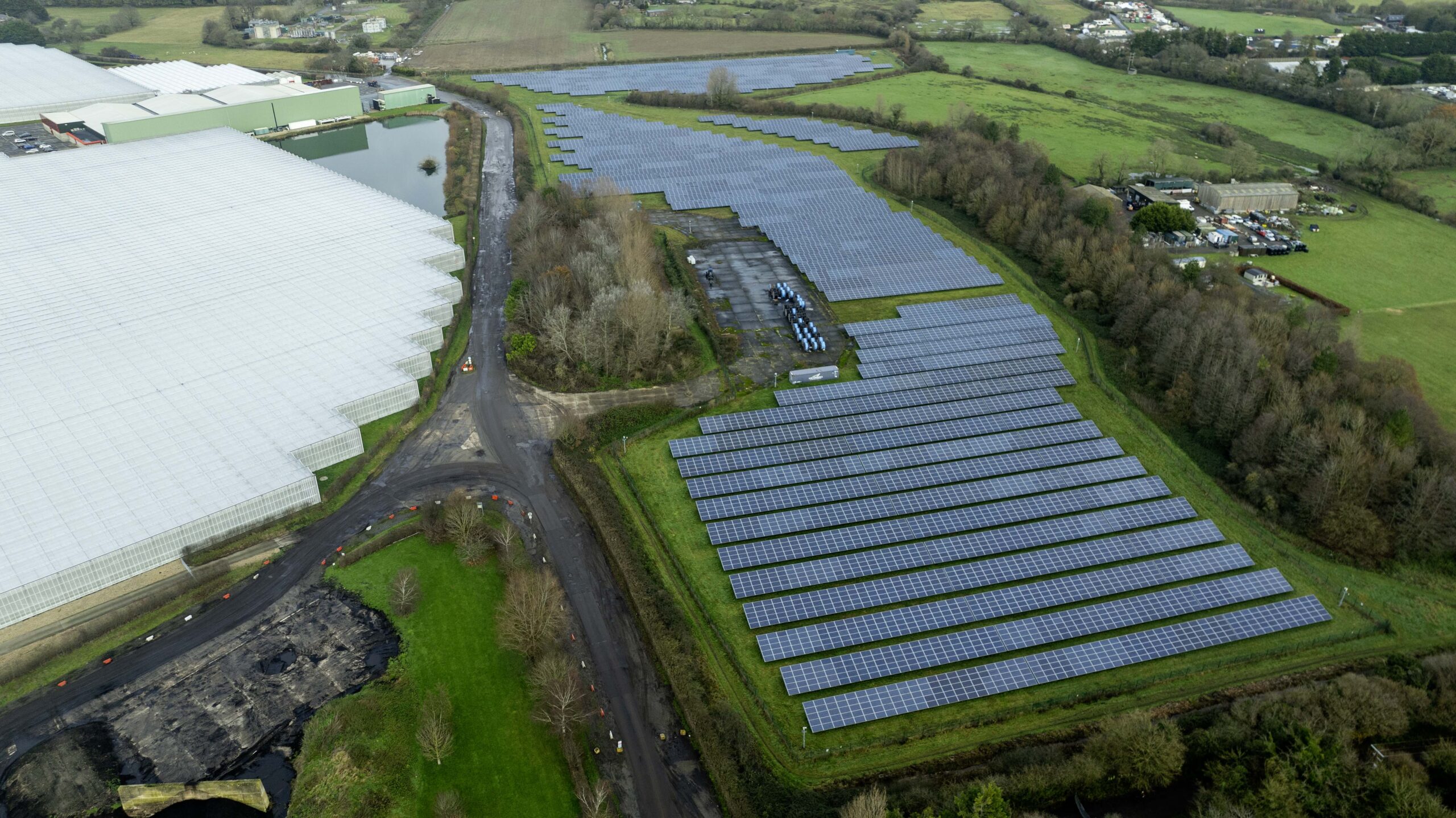
As the renewable energy sector continues to grow, the efficiency and longevity of solar panels has never been more in demand. The global solar power industry is currently valued at over $250 billion and continues to expand as countries strive to meet their renewable energy goals. However, inefficiencies and undetected faults in solar panels contribute to annual losses of billions of dollars worldwide. One of the most effective tools for maintaining solar panel health is the use of drones equipped with thermal imaging technology. These drones provide a rapid, non-invasive, and highly accurate method for detecting potential faults in solar panels. But what exactly can they detect, and why should businesses opt for professional drone services over uninsured operators? Let’s explore the many benefits of using drones for solar panel surveys.
Spotting Errors with Thermal Drones
Drones equipped with thermal imaging cameras can quickly identify a variety of solar panel issues that may go unnoticed during standard inspections. Some of the most common problems detected include:
- Hot Spots – Areas of excessive heat that indicate malfunctioning cells, which can lead to reduced efficiency and eventual failure.
- Cracked or Broken Panels – Damage that compromises energy production and may increase fire risks.
- String Failures – Defective strings of panels that reduce overall system performance.
- Loose Connections and Wiring Issues – Faulty wiring that can cause intermittent power losses and safety hazards.
- Degradation and Soiling – Dust, dirt, or accumulated debris that impairs energy absorption and overall output.
- Shading Issues – Trees, buildings, or other obstructions casting shadows on panels, leading to uneven power generation.
- PID (Potential Induced Degradation) – Electrical leakage issues that lower the lifespan and effectiveness of solar panels.
The Consequences of Solar Panel Issues
Neglecting to identify and address these issues can have serious consequences. Hot spots, for example, can lead to permanent damage if not rectified in time, causing significant losses in energy output. Additionally, cracked panels and loose connections can become safety hazards, increasing the risk of electrical fires or system-wide failures. Reduced efficiency due to soiling or degradation means a lower return on investment for solar installations, making proactive maintenance essential.
The financial implications are staggering—solar farms can lose up to 30% of their expected energy output due to undiagnosed performance issues. With global solar energy losses reaching billions each year, it is essential for operators to adopt cutting-edge inspection methods to minimize inefficiencies and maximize profitability.

Why Drones Are a Game-Changer
Traditional solar panel inspections can be time-consuming, labour-intensive, and often require risky manual work on rooftops or large solar farms. Drones offer a much more efficient alternative:
- Speed & Efficiency – Drones can survey large solar farms in a fraction of the time required for manual inspections, often reducing inspection times from days to hours.
- Safety – Eliminates the need for inspectors to climb onto roofs or navigate hazardous terrain, reducing workplace accidents.
- Precision – High-resolution thermal imaging allows for pinpoint accuracy in identifying faults, ensuring no minor issue is overlooked.
- Cost-Effectiveness – By detecting issues early, costly repairs and efficiency losses can be avoided, saving businesses thousands of dollars annually.
- Scalability – Drones can inspect vast solar farms and rooftop installations alike, making them ideal for both small and large-scale operations.
- Environmental Benefits – Ensuring peak efficiency in solar panels means maximizing clean energy production, which supports sustainability goals.
The Role of Orthomosaics in Solar Panel Surveys
Another powerful capability of drone technology in solar panel inspections is the use of orthomosaic mapping. Orthomosaics are high-resolution, georeferenced maps created by stitching together hundreds or even thousands of aerial images captured by drones. These maps provide an accurate, bird’s-eye view of solar farms, offering several key benefits:
- Detailed Site Analysis – Orthomosaics allow solar farm operators to get a comprehensive overview of their entire site, making it easier to identify irregularities in panel placement, land use efficiency, and potential obstructions affecting performance.
- Infrastructure Planning & Expansion – For companies looking to expand their solar farms, orthomosaic maps provide an invaluable tool for planning new panel installations and optimizing land usage.
- Vegetation & Terrain Management – Overgrown vegetation can cast shadows on solar panels, reducing efficiency. Orthomosaics help identify areas where maintenance is required to keep panels operating at peak efficiency.
- Damage Assessment & Historical Comparisons – By conducting regular orthomosaic surveys, solar farm operators can track panel degradation over time and compare historical maps to quickly detect new issues.
- Improved Maintenance Scheduling – The ability to visually analyze an entire solar farm helps operators prioritize maintenance efforts, ensuring that problem areas are addressed quickly and efficiently.
By incorporating orthomosaic mapping into drone surveys, solar farm operators gain a powerful tool to enhance efficiency, reduce downtime, and maximize energy production.

The Importance of Hiring Professional, Insured Drone Pilots
While drone technology provides clear advantages, it is crucial to hire experienced and insured drone operators for solar panel inspections. Professional drone pilots bring several key benefits:
- Regulatory Compliance – Certified pilots adhere to aviation regulations, ensuring safe and legal operations.
- Data Accuracy – Experienced professionals provide detailed and reliable reports that help in making informed maintenance decisions.
- Insurance Protection – Hiring an insured pilot safeguards businesses against potential damages or liabilities that may arise during inspections.
- Advanced Equipment & Expertise – Professional operators use high-end thermal imaging drones and understand how to interpret data effectively.
- Post-Inspection Support – Many professional drone services include detailed reports, data analysis, and recommendations for maintenance and repair strategies.
Conclusion
The use of drones in solar panel surveys is revolutionizing the way businesses maintain their renewable energy assets. By utilizing thermal imaging technology, drones can quickly and accurately identify faults that may otherwise go unnoticed. Investing in professional, insured drone pilots ensures precise data collection, regulatory compliance, and peace of mind. As solar energy adoption continues to rise, integrating drone technology into maintenance strategies is a smart move toward maximizing efficiency, safety, and long-term cost savings.
With the solar industry experiencing rapid growth and increasing financial stakes, ensuring panels operate at peak efficiency is more important than ever. By leveraging drone technology, businesses can stay ahead of potential failures, protect their investments, and contribute to the global shift toward a more sustainable future.
Share This Story, Choose Your Platform!


